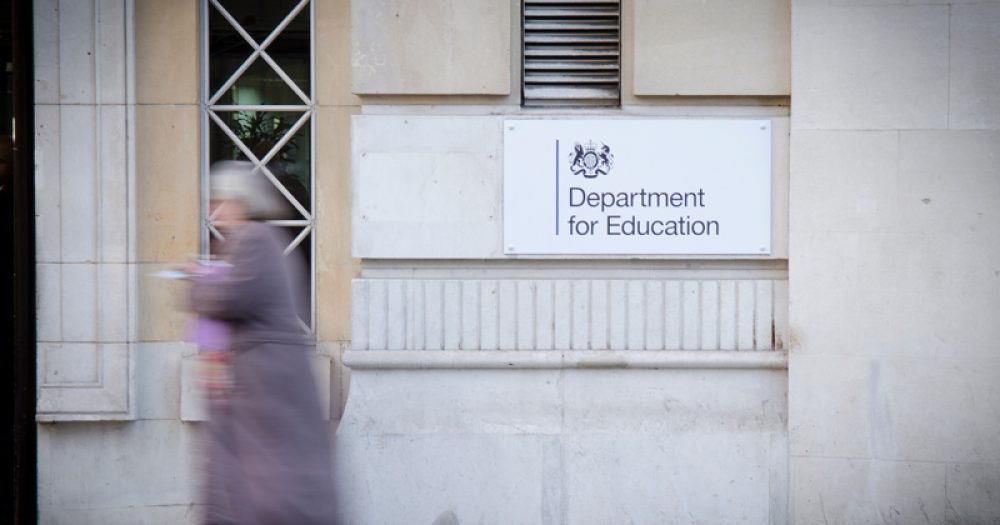The Department for Education has published its response to the children in need review today. Here are the key things schools need to know.
1. Speeding up admissions (but there’s no details on how)
There’s a pledge to improve the “clarity, timeliness and transparency” of in-year admissions processes, and strengthen fair access protocols “ensuring this can be used to admit children who currently need a social worker”.
Protocols are to make sure that, outside of the normal admissions rounds, unplaced children – particularly the most vulnerable – are offered a place at a suitable school as quickly as possible.
Schools and councils have the freedom to develop their own protocols – however they don’t apply to certain pupils, such as those with special educational needs, or looked after children. And there’s no details of how the proposed changes will work.
The government has only said so far it will change the schools admission code so vulnerable children, including those fleeing domestic abuse, can get a school place more quickly.
2. A review of headteacher standards
The government has pledged to “promote aspirational leadership” in support of local authority children’s services directors, and education leaders. The latter could be done as part of a forthcoming review of headteacher standards, the report states.
The last review seems to have taken place back in 2014, and states advice will be reviewed by 2020.
3. Expansion of virtual headteachers?
The government has also said it will explore whether there’s a case for “extending and adapting” the virtual school head role.
Virtual heads are appointed by the local authority to promote the educational achievement of children cared for by the council. We reported last year how the role has already expanded and is struggling due to cuts.
The document states that the Right Balance for Families’ Children’s Social Care Innovation Programme project is already testing an “adapted version” of the role, which found the “strong advocacy ability” of virtual heads provides opportunities to “raise visibility and understanding” of youngsters who have needed a social worker.
4. More research, better data
The government will commission new research on persistent absence, to cover children who have needed a social worker.
They will also “continue to develop and improve” the availability of data on children who have needed a social worker, and “strengthen the expectation” that councils should consider sharing such statistics, and that schools should also hold and use information about children current needing a social worker. The document doesn’t expand much more on how, apart from they should be ‘considering this as a matter of routing based on existing powers”.
There’s also a few pledges around working with the Education Endowment Foundation to publish more information on the effectiveness of interventions for children in need.
5. A few recycled announcements…
A few of the government responses feed into announcements made in response to the Timpson Review of exclusions. For instance, the pledge that social workers will be notified when children identified as at risk are excluded or moved out of school. This will be down to councils and schools on “how to best implement this in practice”.
There’s also two more pretty vague promises to consider whether additional safeguards are needed for children in need (which will form part of the alternative provision consultation prompted by the Timpson Review), and to look at whether more expertise is needed around adversity and trauma in AP.








Your thoughts